The Sharpshooter Bookshelf. Many Civil War era books are available for free on Google books.
- Unfortunate Soldiers Sadly Sold
- Marcot, Roy M. (2007) U.S. Sharpshooters: Berdan's Civil War Elite
- Sword, Wiley (1988) Sharpshooter: Hiram Berdan, his famous Sharpshooters and their Sharps rifles.
- Katcher, Philip (2002) Sharpshooters of the American Civil War
- Stevens, Charles Augustus (1892) Berdan's United States Sharpshooters in the Army of the Potomac.
- U.S. War Department (1863) The 1863 Laws of War
- Kautz, August (1865) The 1865 Customs of Service for Non-Commissioned Officers and Soldiers
- U.S. War Department (1863) The 1863 U.S. Infantry Tactics
- Early, Gerald. (2009) Second United States Sharpshooters in the Civil War
- Killers in Green Coats
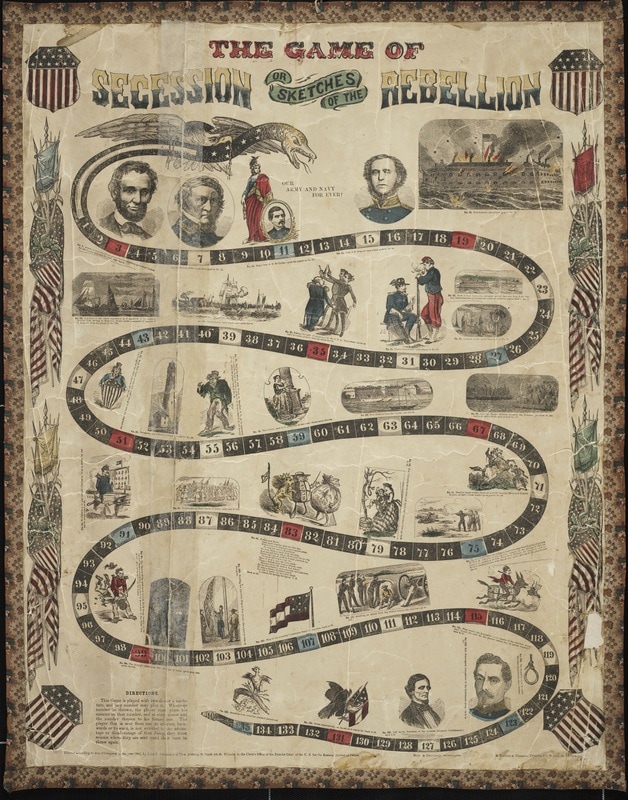
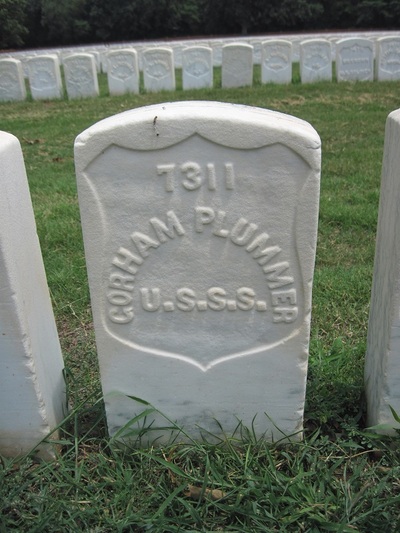
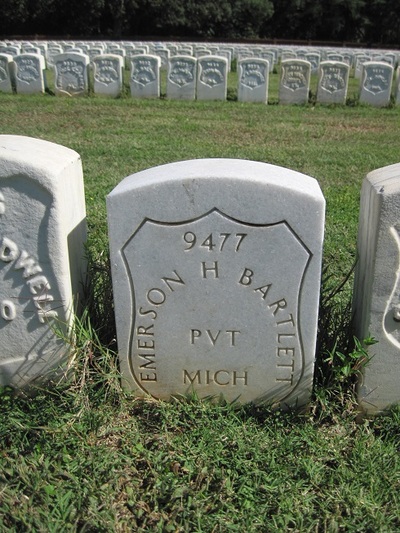
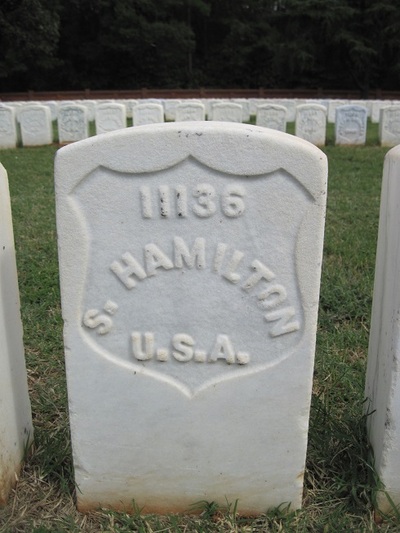
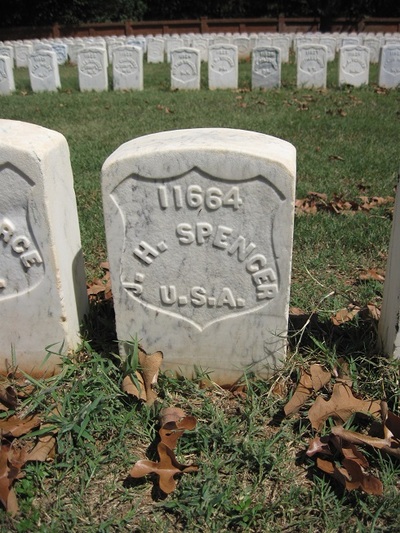
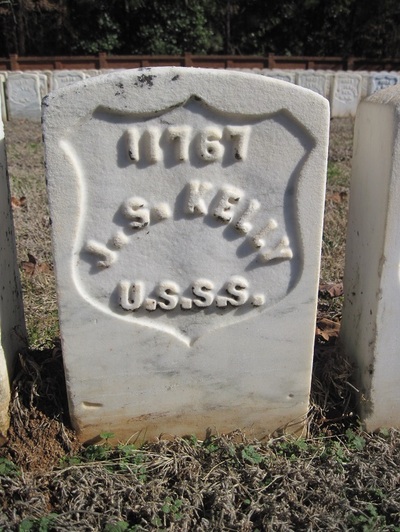
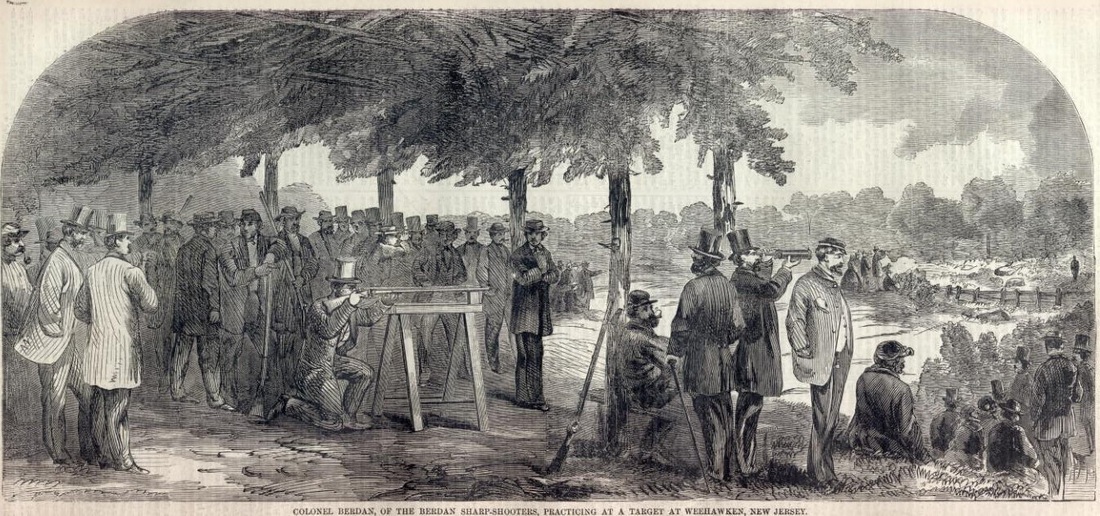
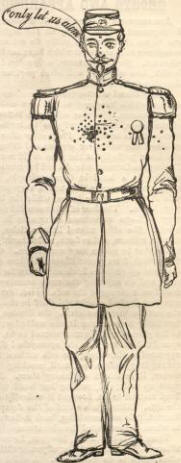
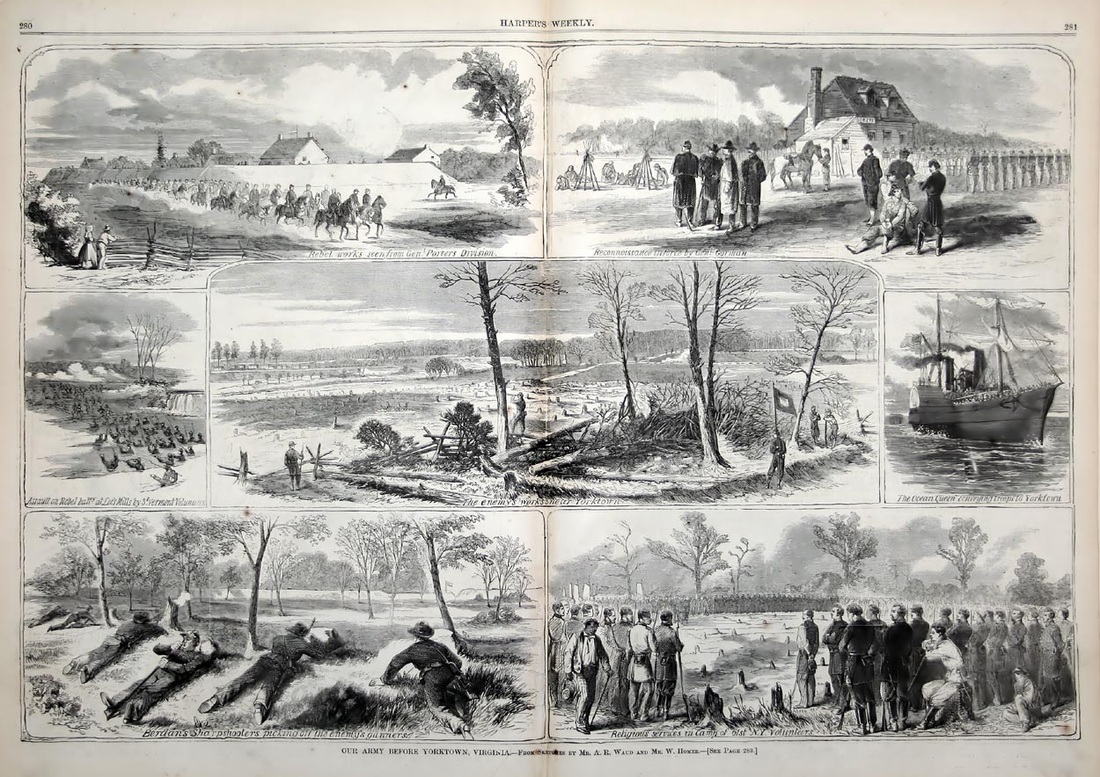
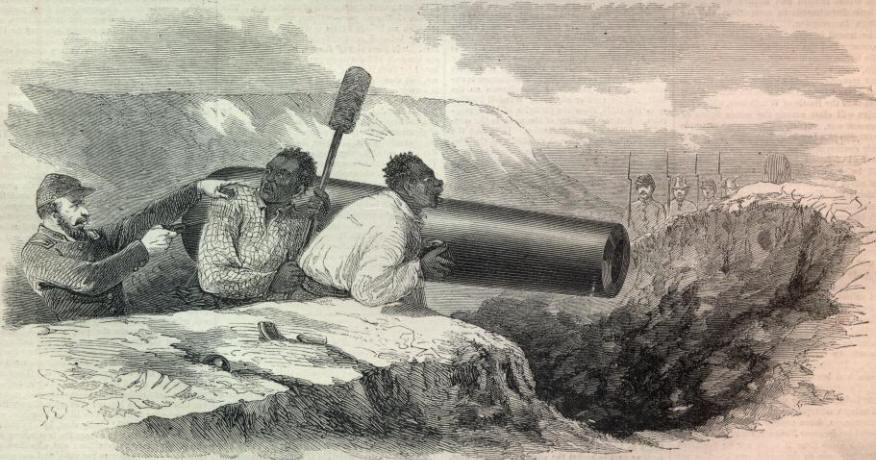
 RSS Feed
RSS Feed